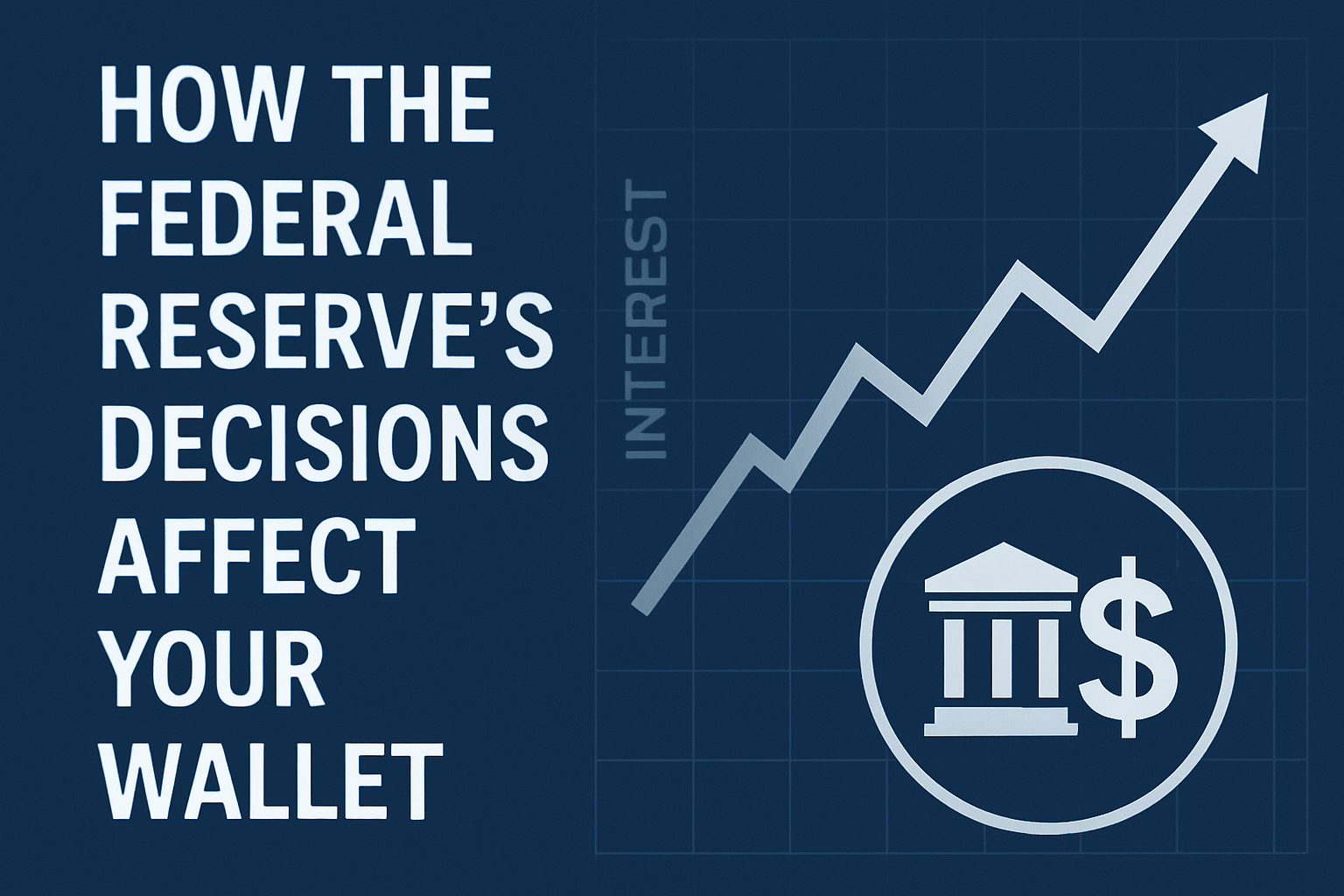The job market is often called the “heartbeat” of the economy — and in 2025, that pulse is sending mixed signals.
After years of post-pandemic adjustments, shifting work culture, and the rise of automation, the U.S. labor market is transforming faster than ever.
While unemployment remains low, wages are cooling, and companies are quietly rethinking how — and where — people work.
Let’s break down how these job market trends are shaping the broader U.S. economy and what it means for workers, businesses, and policymakers.
1. Low Unemployment, but Slower Hiring
As of early 2025, the U.S. unemployment rate hovers around 4%, near historic lows.
That sounds like a strong labor market — and it is — but there’s more beneath the surface.
Hiring has slowed, especially in white-collar sectors like tech, finance, and media, which saw massive expansions in 2020–2022.
Companies are now prioritizing efficiency over expansion, often choosing automation or AI tools instead of adding headcount.
📊 The shift:
From “How fast can we hire?” to “How lean can we operate?”
2. Wage Growth Is Cooling Off
For nearly three years, wages grew faster than inflation — giving workers rare purchasing power.
But in 2025, that momentum is fading.
According to the Bureau of Labor Statistics, average hourly earnings have grown about 3.2% year-over-year, down from 5% in 2023.
That’s good news for inflation control — but not as great for consumer spending.
💡 Why it matters:
Slower wage growth may reduce demand in key sectors like retail, housing, and entertainment — cooling the economy just enough to prevent overheating.
(Related: U.S. Inflation Forecast: What to Expect in 2025)
3. AI and Automation Are Redefining Roles
Artificial intelligence is reshaping jobs across nearly every industry.
But instead of mass unemployment, we’re seeing a redistribution of labor — where repetitive or analytical tasks are automated, freeing workers for creative and strategic roles.
🔧 Examples:
- Customer support shifting to AI chatbots.
- Data analysis replaced by machine learning tools.
- Content creation enhanced by generative AI systems.
At the same time, new jobs are emerging in AI ethics, automation maintenance, data annotation, and prompt engineering.
🧠 Translation: AI isn’t eliminating work — it’s changing what work looks like.
4. The Remote Work Revolution Is Evolving
The remote work boom has matured into a hybrid work reality.
In 2025, about 38% of U.S. employees work remotely at least part of the week.
Companies that once resisted flexibility are realizing that hybrid models improve retention, productivity, and even profits.
However, many employers are reducing remote positions to rebuild culture and control costs.
🏠 Trend: “Work from anywhere” is becoming “work from somewhere — part of the time.”
This balance is reshaping office real estate, transportation, and even small-town economies where remote workers have relocated.
5. Labor Force Participation Is Rising Again
One of the quiet success stories of 2025 is the recovery of labor participation.
After hitting a post-pandemic low, more Americans — especially women and older workers — are reentering the workforce.
Reasons include:
- Higher cost of living pushing dual-income households.
- More flexible work arrangements.
- Growth in part-time and gig opportunities.
This broader participation helps stabilize wage growth and keeps businesses staffed, easing some inflationary pressure.
📈 In short: More people are working — and that’s helping the economy stay balanced.
6. The Gig Economy Is Here to Stay
Freelancers, creators, and gig workers now make up over 35% of the U.S. workforce.
Platforms like Upwork, Fiverr, and DoorDash aren’t just side hustles anymore — they’re full-time income sources for millions.
This shift gives workers flexibility but also less job security and fewer benefits.
💬 Policy challenge:
The government faces increasing pressure to redefine labor laws around benefits, healthcare, and taxation for independent workers.
(Related: How to Start a Profitable Side Hustle in 2025)
7. Job Market Data Is Influencing the Fed’s Decisions
Every month, Wall Street watches job reports like a hawk — because employment drives Federal Reserve policy.
If job growth stays steady but inflation cools, the Fed is likely to begin cutting interest rates gradually in late 2025.
But if the labor market weakens too much, stimulus may return faster than expected.
💡 Why it matters:
Jobs data isn’t just a statistic — it’s the foundation for monetary policy, consumer confidence, and even stock market sentiment.
Final Thought
The U.S. job market in 2025 is a story of resilience through reinvention.
Automation, hybrid work, and new worker expectations are reshaping the very structure of the economy.
While the transitions can be messy, they’re also creating new opportunities for innovation, inclusion, and smarter growth.
In short: The future of work isn’t about fewer jobs — it’s about better ones.
(Also read: Will There Be a Recession in 2025? Economists Share Insights)

